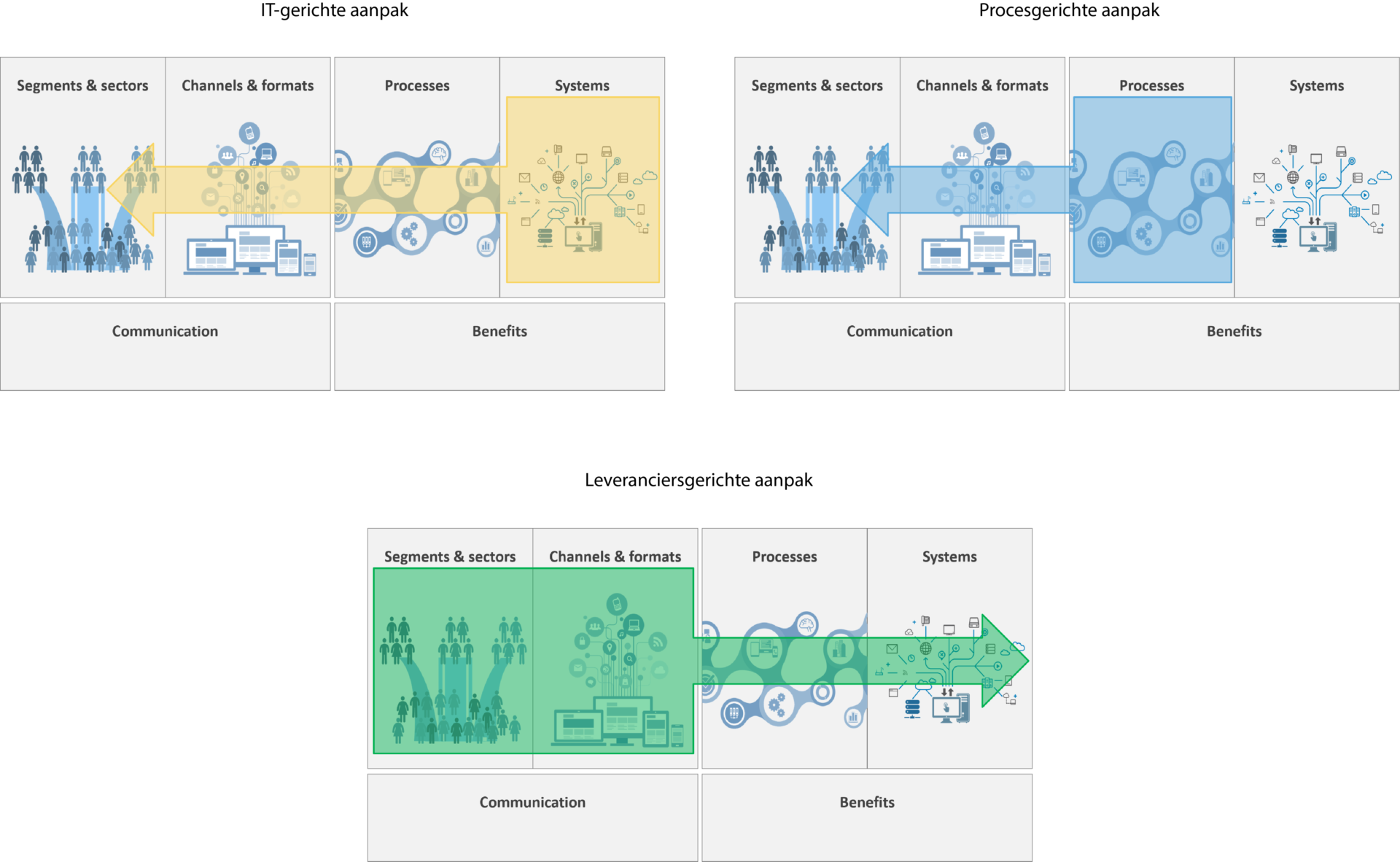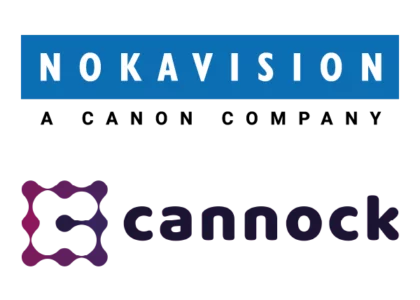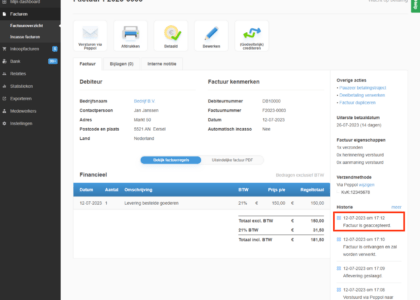How nice would it be if your financial software always provided an up-to-date overview of all outstanding invoices, if all incoming invoices were immediately entered without error and no manual intervention was required?
This may seem utopian, but this is what you can achieve with e-invoicing. It is even possible to digitise the entire procurement process. For example, an electronic order can be automatically placed in your software, and after approval and delivery, an electronic packing slip follows. After proof of delivery, you will receive the e-invoice, which in turn is automatically matched with the corresponding order.
Start receiving e-invoices
Receiving e-invoices saves a lot of time and money. E-invoices do not need to be entered manually, they do not stay in mailboxes or on desks, and you do not need scanning and recognition software for them. Benefits abound, but why doesn’t every business receive e-invoices yet? We notice that organisations considering a switch often wonder about the impact on their internal organisation, suppliers and existing processes and software.
The impact of e-invoicing
The answer to these questions begins with the strategy chosen. There are several ways to switch to receiving e-invoices. We distinguish three strategies, namely the IT-centred approach, the process-centred approach and the supplier-centred approach. The choice of the most appropriate strategy depends on the objectives an organisation has regarding e-invoicing.

If an organisation wants to receive as many e-invoices as possible, it will opt for a strategy that makes it as easy as possible for suppliers to submit an e-invoice. This includes the delivery of e-invoices via multiple channels and in different formats. An e-invoicing service provider takes care of this and makes it possible for you to receive the e-invoices directly in your financial software.
If an organisation chooses to start with e-invoicing where the impact on existing software and processes is limited as much as possible, the strategy is more internally focused. The focus is then mainly on the technical implementation.
The impact of a switch to e-invoicing therefore depends greatly on the strategy chosen. It is also possible, for example, to start by connecting to e-invoicing. You can then optimise processes or increase the number of e-invoices you receive at a later date.
E-invoicing is something you do together
Even if you choose to receive as many e-invoices as possible right away and adjust your processes accordingly, it is not the case that you are completely switched to e-invoicing overnight. Even if you are ready, your suppliers may not be.
However, the speed of switching can be different. If you actively approach your suppliers and support them in switching to e-invoicing (supplier onboarding), your organisation will be able to benefit from the advantages sooner.
If you choose to be less active in supplier onboarding, the number of suppliers providing e-invoices will slowly increase. You will then benefit less from the advantages of e-invoicing. Nevertheless, in some cases this may be the best option to start with. For example, when there is not enough support within the organisation. Connecting suppliers at a slower pace can then ensure that the organisation grows along with it.
Do you want to read more on this topic? Then download our white paper ‘Collaboration3’ free of charge. Would you like to discuss the possibilities for your organisation to switch to receiving e-invoices? Then contact us.





